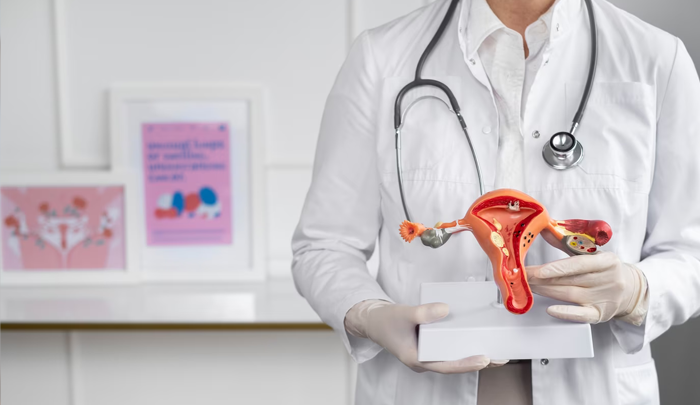Why is the vaginal microbiome important?
There is a delicate balance between various microbes and human cells in the vagina at all times. The delicate balance of these can be disturbed by antibiotics & medications, aging, sexual activities, and more. When changes do occur in the vaginal microbiome there is the possibility of increased risk of contracting sexually transmitted infections (STIs) and during pregnancy the risk of inducing pre-term birth through PPROM. Thus, it is important to make sure we maintain a healthy composition of our vaginal microbiomes, especially when it can impact the immune system of your baby long after it is born.
